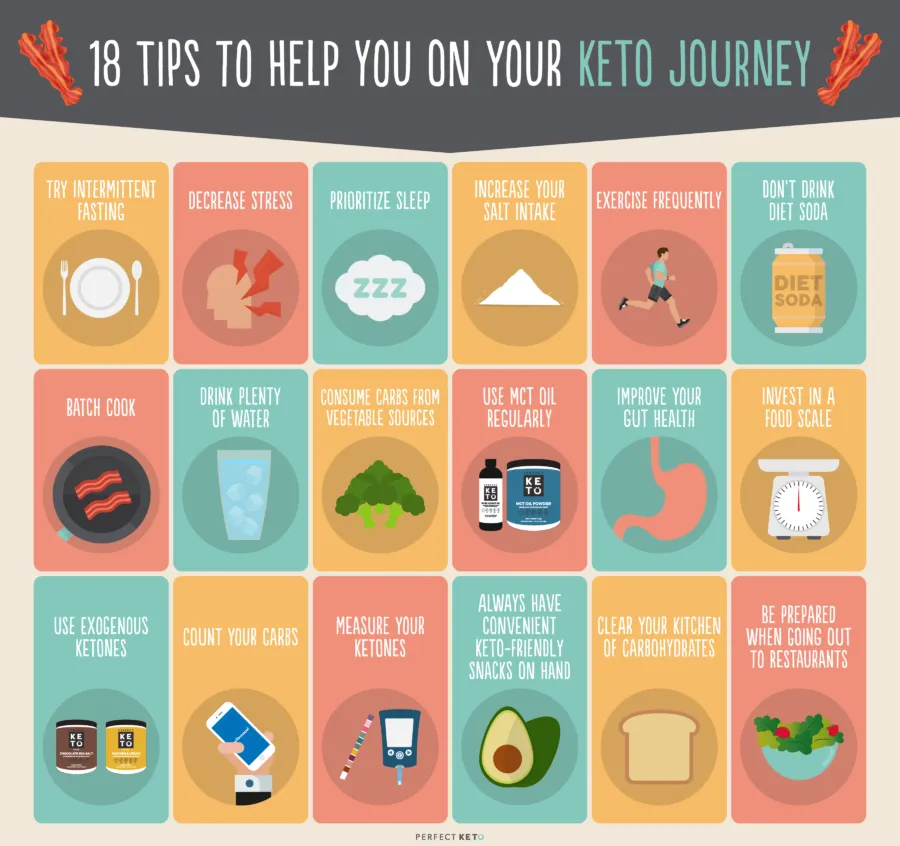
Counting Calories on Keto: Tips and Tricks for Success
The ketogenic diet has gained immense popularity in recent years for its ability to help individuals lose weight and improve their overall health. By drastically reducing carbohydrate intake and increasing fat consumption, the keto diet forces the body to burn fat for fuel instead of glucose, resulting in rapid weight loss and numerous health benefits.
One of the key aspects of the keto diet is counting calories to ensure that you are consuming the right amount of macronutrients to stay in ketosis and achieve your weight loss goals. In this article, we will discuss some tips and tricks for successfully counting calories on the keto diet, as well as answer some frequently asked questions about this popular eating plan.
Tips for Counting Calories on Keto
1. Use a calorie tracking app: One of the easiest ways to keep track of your calorie intake on the keto diet is to use a calorie tracking app such as MyFitnessPal or Cronometer. These apps allow you to input your meals and snacks and will calculate the total number of calories, as well as the breakdown of macronutrients (fat, protein, and carbs).
2. Calculate your macros: In addition to tracking calories, it is important to calculate your macronutrient ratios on the keto diet. Most people following a standard ketogenic diet aim to consume around 70-75% of their calories from fat, 20-25% from protein, and 5-10% from carbs. By tracking your macros, you can ensure that you are staying within these guidelines and are in ketosis.
3. Measure your portions: It can be easy to underestimate portion sizes, especially when it comes to high-fat foods such as nuts, cheese, and oils. To accurately track your calorie intake, invest in a food scale and measuring cups to ensure that you are consuming the right amount of food.
4. Plan ahead: Meal planning is key to success on the keto diet, especially when it comes to counting calories. By planning your meals and snacks in advance, you can ensure that you are meeting your calorie and macro goals and avoid the temptation to reach for high-carb, high-calorie foods.
5. Be mindful of hidden calories: While the keto diet allows for high-fat foods, it is still important to be mindful of your overall calorie intake. Some keto-friendly foods such as nuts, dairy, and oils are calorie-dense and can quickly add up. Be sure to factor these foods into your daily calorie count and adjust your portions accordingly.
6. Stay hydrated: Drinking plenty of water is essential on the keto diet to help flush out toxins and support fat loss. By staying hydrated, you can also help control your appetite and prevent overeating, making it easier to stick to your calorie goals.
7. Listen to your body: While counting calories is important on the keto diet, it is also important to listen to your body’s hunger and fullness cues. If you are feeling hungry, it may be a sign that you need to increase your calorie intake. Conversely, if you are feeling satisfied, there is no need to force yourself to eat more.
Frequently Asked Questions about Counting Calories on Keto
Q: How many calories should I eat on the keto diet?
A: The number of calories you should consume on the keto diet depends on your individual goals, activity level, and metabolism. To determine your calorie needs, you can use an online calculator or consult with a healthcare professional or nutritionist.
Q: Can I eat as many calories as I want on the keto diet?
A: While the keto diet allows for higher fat consumption, it is still important to be mindful of your overall calorie intake. Consuming more calories than your body needs can prevent weight loss and may even lead to weight gain, even on a low-carb diet.
Q: Do I need to count calories on the keto diet?
A: While some individuals may be able to achieve weight loss on the keto diet without counting calories, most people find that tracking their calorie intake is helpful for staying on track and reaching their goals. Counting calories can also help you identify any potential issues or roadblocks that may be hindering your progress.
Q: How do I know if I am in ketosis?
A: You can determine if you are in ketosis by testing your ketone levels using urine strips, blood tests, or breath tests. Another way to tell if you are in ketosis is by monitoring your energy levels, appetite, and weight loss progress.
Q: What are some low-calorie keto-friendly foods?
A: Some low-calorie keto-friendly foods include leafy greens, broccoli, cauliflower, zucchini, cucumber, and lean proteins such as chicken, turkey, and fish. These foods are nutrient-dense and can help you stay within your calorie goals while on the keto diet.
In conclusion, counting calories on the keto diet can be a useful tool for achieving weight loss and reaching your health goals. By tracking your calorie intake, monitoring your macros, and staying mindful of portion sizes, you can successfully navigate the keto diet and see the results you desire. Remember to listen to your body, stay hydrated, and plan ahead to make counting calories on the keto diet a seamless and effective process.

